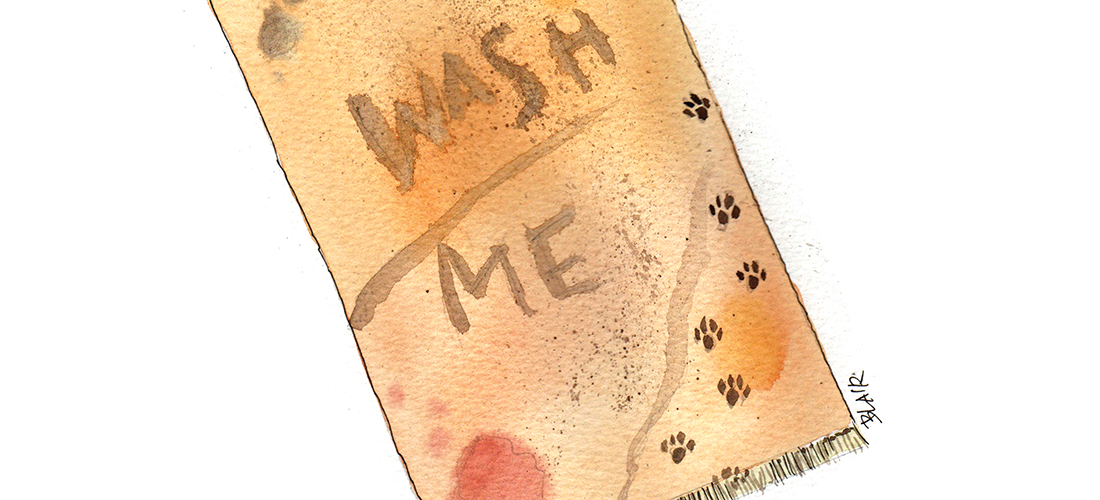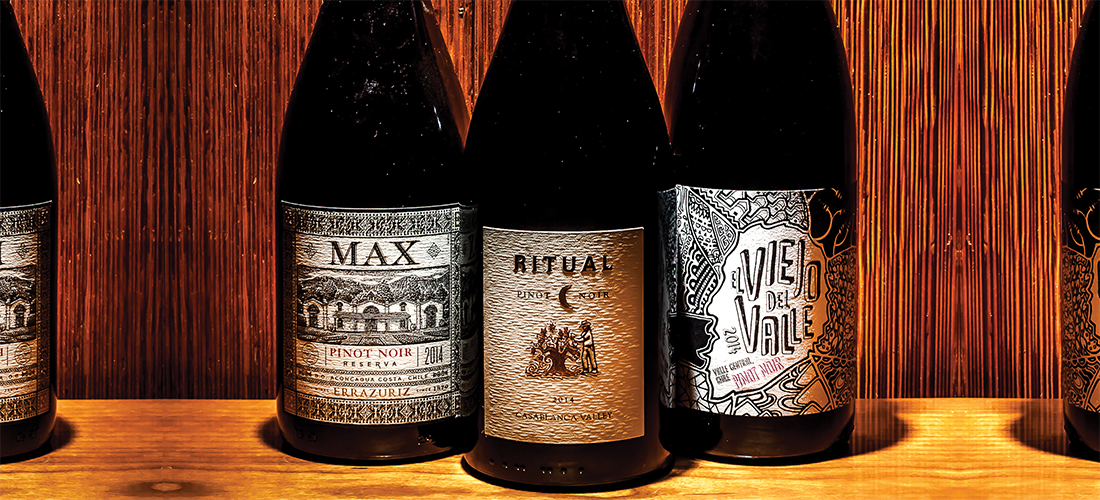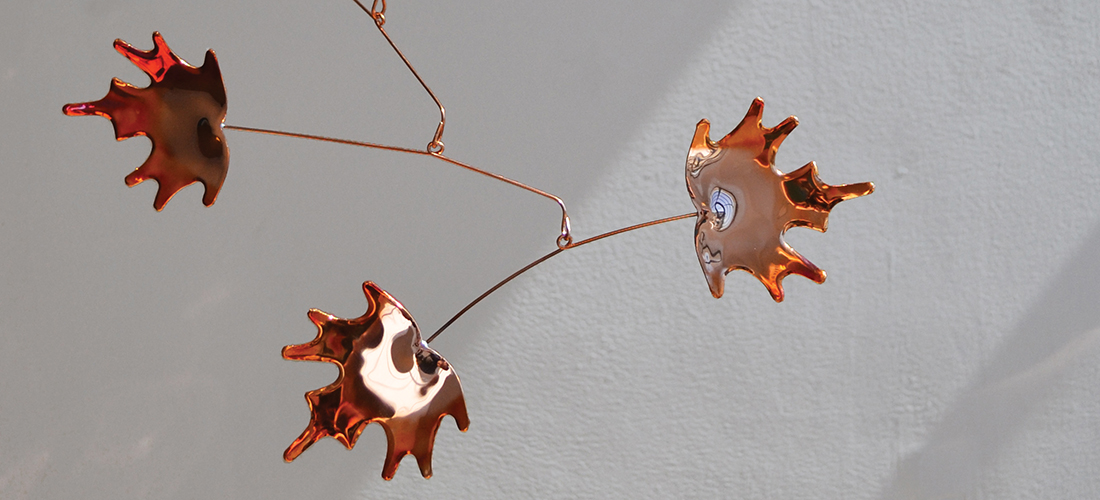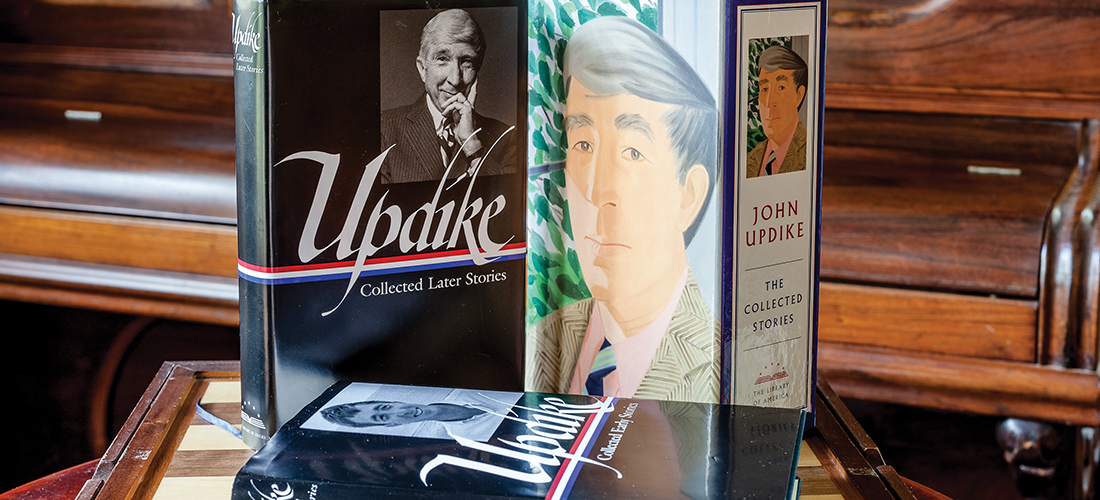Papadaddy’s Mindfield
How to Clean a Rug
(And go slightly mad)
By Clyde Edgerton
While I was visiting Hillsborough a while back, my wife, Kristina, called me from our home in Wilmington and asked me to stop by her sister’s house in Pittsboro and pick up a rug cleaning machine. Kristina had moved our couch and rolled up our big rug that needed cleaning.
I’d never seen a rug cleaning machine that I knew of.
I thought things through for about a second and asked, “How much does it cost to just get a rug cleaned?”
I was thinking to myself: I’ll have to drive to get the cleaning machine, take it home, figure out how to use it, maybe get one of the kids to help me, take that big rug out on the back deck, clean it, let it dry, put it back, take the cleaner back to Pittsboro.
Kristina answered my question — told me how much it costs to get a rug cleaned.
Holy Moley. I picked up the cleaning machine — it looks like a very large vacuum cleaner — and brought it home. A YouTube video would explain how to operate it.
My job the next day was to write the first draft of a Salt magazine essay about the Frontier Cultures Museum in Staunton, Virginia. I was hoping to have a first draft done by noon but my new job — before starting the essay — was to clean two rugs (was one, now two) with the help of my 9-year-old daughter, Truma. Rug No. 1 — very large, maybe 8-by-12 — had been peed on several times by dog No. 1. Rug No. 2 — about 4-by-8 — had been thrown up on at least several times by dog No. 2. I picture this conversation happening very early on several mornings within the last month:
Dog No. 1 says: “Are they up yet?”
Dog No. 2 says: “Nope.”
No. 1: “I have to pee.”
No. 2: “Pee in the corner of the living room. In the corner by the table. It’ll be days before they figure it out.”
No. 1: “OK. Would you throw up on that other rug in the play room — kind of keep them distracted?”
No. 2: “Sure.”
Truma and I find the YouTube video telling us how to use the machine. The video is 15 minutes long. The person giving instructions seems to be used to talking in a foreign language and I have problems understanding him, but we finally get through the explanation, including how to clean the machine after cleaning the rug. Some assembly and disassembly are involved. Truma takes notes.
Our first task is to go buy some liquid cleaner. About 6 ounces is to be combined with 2 gallons of warm water in a soft plastic container inside a hard plastic container that will keep dirty water separate from the cleaning solution.
We go to Lowe’s and they don’t have our brand — I’d yet to learn that most any concentrated rug cleaner would work. Duh.
Sitting in the parking lot, I call Home Depot. They don’t have our brand, either. I call a rug cleaning service. They are rude. I call another rug cleaning service, explain that I’m sitting in a hot parking lot in a bit of a jam and this person patiently tells me to go to Food Lion.
At Food Lion, the manager walks with me to the rug cleaning stand and finds a substitute concentrate for me. Truma and I buy it and we start home.
At home, we take the machine apart, load it with warm water and cleaner, then put the machine back together. We spread the smaller of the two rugs on our back deck and Truma starts cleaning. Generally speaking, you go over a portion of the rug while holding a trigger beneath the hand grip. The trigger sprays the rug with cleaning solution and then you go over the same portion of the rug and the machine sucks up dirty liquid.
Truma gets tired. I take over and she goes inside, out of the sun.
I finish the cleaning about time it stops being fun. I hang the rugs over the deck railings, disassemble the machine and, in the driveway beside my automobile, start spraying the plastic parts with water from a hose.
The problem with cleaning the plastic parts is that there is a great amount of dog lint inside one of the see-through plastic parts and — though I don’t remember the video telling me to unscrew anything — I notice that if I unscrew four screws, I can pull that section apart. Seeing that lint is like feeling a little popcorn shell-like thing between your teeth when you can’t free it.
I unscrew the screws and nothing happens — nothing comes apart. Oh. I see four more screws. I unscrew them and the thing falls apart, but the lint is still not exposed in any way.
The screws are lined up on the hood of our car. I start putting the screws back in. A screw rolls off the hood of the car and I hear it plink dully onto the cement driveway. I look. It’s nowhere to be seen. I get down on my hands and knees. One of the dogs comes up and sniffs me. It’s dog No. 1. She will go back inside the house and say, “Clyde is out in the driveway. He thinks he’s a dog. It won’t be long before he’s peeing on the rug.”
I didn’t get started on that essay and I cleaned two more rugs the morning after that.
This could go on a long time.
I now better understand the cost of cleaning a rug. OH
Clyde Edgerton is the author of 10 novels, a memoir and a new work, Papadaddy’s Book for New Fathers. He is the Thomas S. Kenan III Distinguished Professor of Creative Writing at UNCW.










